
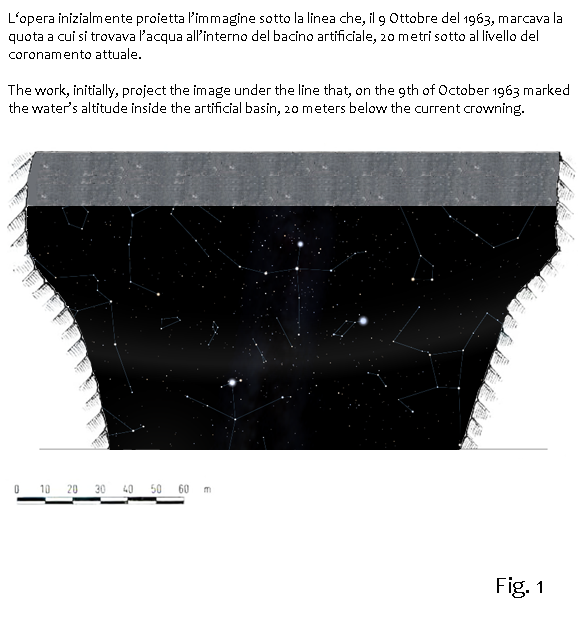
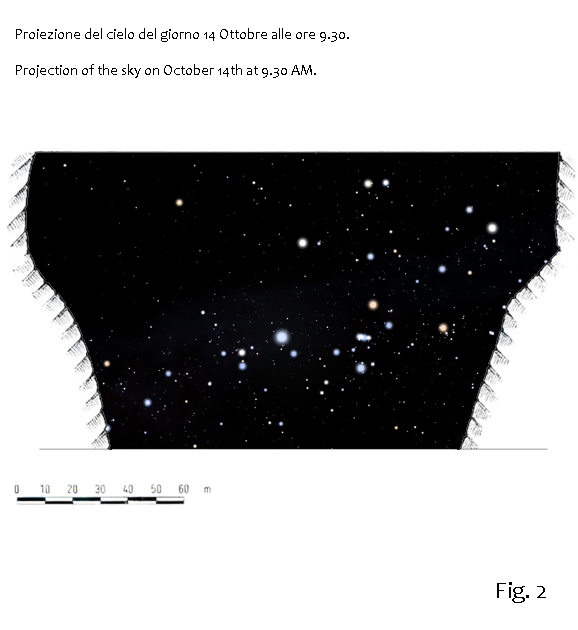
The work is active at night and uses digital movie projectors to cast, on the dam surface, a starry sky with stars motion.
The projection shows the portion of western sky hidden by the mountains and the dam itself, as if the eye could see through the barriers created by the human artifact and nature. Initially, the projection covers the portion of the dam below the “line” (Fig. 1), then it spreads to the rest of the dam. The projection, properly accelerated, shows the stars visible that night and those of the next day, unobservable because hidden by sunlight (Fig. 2). Thus, the work goes ahead of time, showing in one night a glimpse of the future.
The light is both theme (as starry dome) and intangible construction material of the work; but light is also the most representative final product of the energy that the Grande Vajont was supposed to generate.
The dam isn’t altered by the work, it just fades away by illuminating its surface; during the day it remains intact and visible, a monument to immanent disaster. Dematerialization, in fact, occurs at night, the cradle of dreams, hope, possibility and desires (from the Latin “sidus”, i.e. star). The symbolic removal of the dam becomes therefore a sign of openness and enthusiasm for the future.
The sky, guide of travelers, is the place where age-old cultures around the world have woven stories and myths; it’s the place of contemplation, where each of us casts himself and his emotions.
The work anticipates time and ideally crosses the dam, creating an opening that encourages personal contact and communication, thus building a new sense of community, kinship and identity to better cope with common future.
The work originates in this valley, but it’s meant to push all consciences to rethink this place and its future.
–
L’opera è attiva di notte ed utilizza dei proiettori cinematografici digitali per riprodurre, sulla superficie della diga, il cielo stellato ed i movimenti degli astri.
La proiezione mostra la parte di cielo nascosta a occidente dalla diga stessa e dai monti, come se lo sguardo attraversasse il manufatto e la natura. Inizialmente la proiezione copre la parte di diga al di sotto della linea (Fig. 1), per poi estendersi all’intera superficie della diga. La proiezione, opportunamente accelerata, mostra sia le stelle di quella stessa notte, sia le stelle del giorno dopo, che non sarebbero visibili perché nascoste dalla luce del sole (Fig. 2). L’opera anticipa il tempo, mostrando in una sola notte uno scorcio di futuro.
La luce è sia soggetto in quanto volta stellata, sia impalpabile materiale costruttivo dell’opera; ma la luce è anche il prodotto finale più rappresentativo dell’energia che il Grande Vajont era destinato a generare.
L’opera non altera la diga, ma la smaterializza illuminandone la superficie; la diga nelle ore diurne rimane integra e visibile, un immanente monumento al disastro; la smaterializzazione, infatti, avviene di notte. La notte è culla del sogno, della speranza, del possibile e del desiderio (dal latino sidus, ossia “astro”); l’atto di rimozione simbolica della diga diventa perciò un segno di apertura e slancio verso il futuro.
Il cielo, guida dei viaggiatori, è il luogo nel quale millenarie culture di tutto il mondo hanno intrecciato storie e mitologie; è il luogo della contemplazione, dove ognuno di noi proietta se stesso e le proprie emozioni.
L’opera anticipa il tempo e attraversa idealmente la diga creando un varco da cui rilanciare il contatto e la comunicazione, costruendo un nuovo senso di collettività, comunità e identità capace di fare fronte al comune avvenire.
L’opera nasce in questa valle, ma vuole richiamare tutte le coscienze a ripensare questo luogo e al suo futuro.

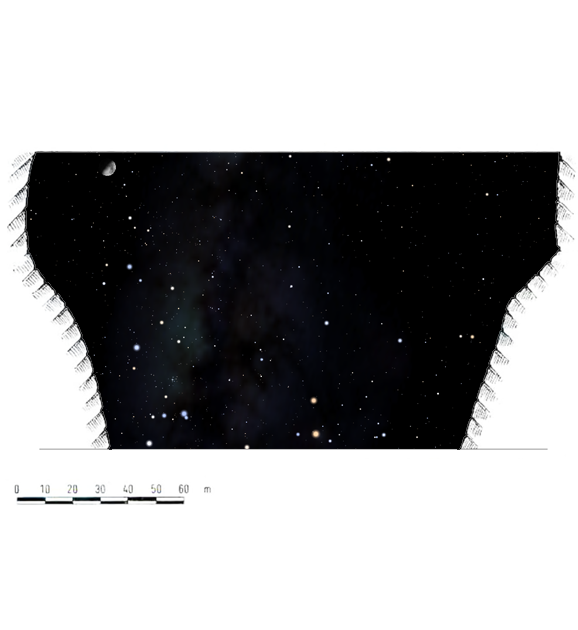
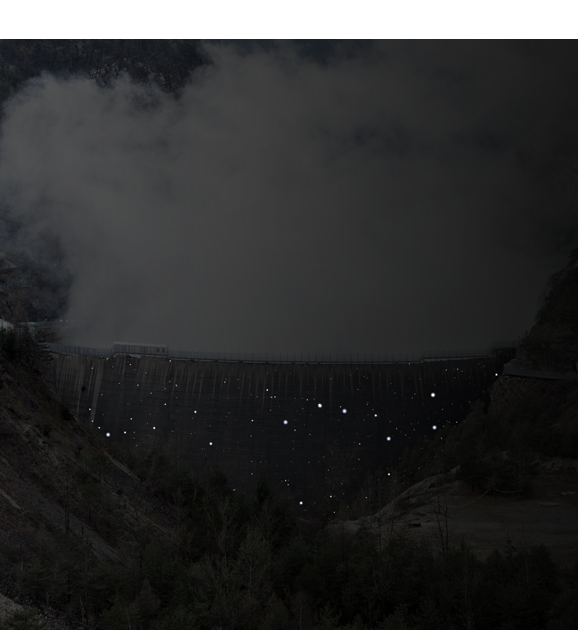
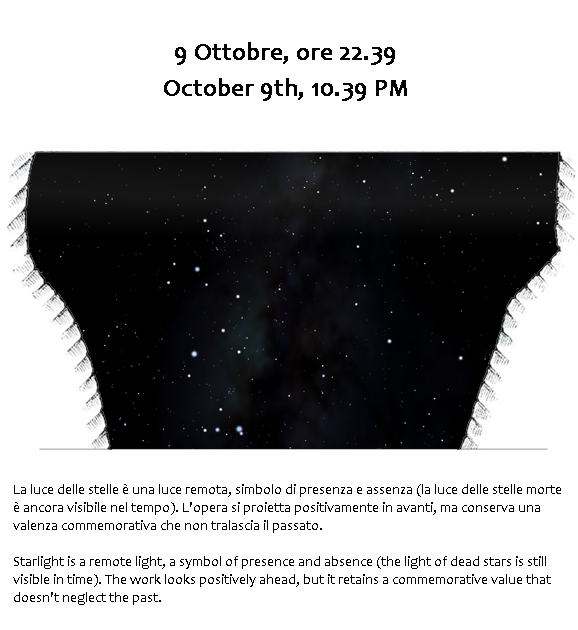
One Response to stefano ravani

 milano
milano
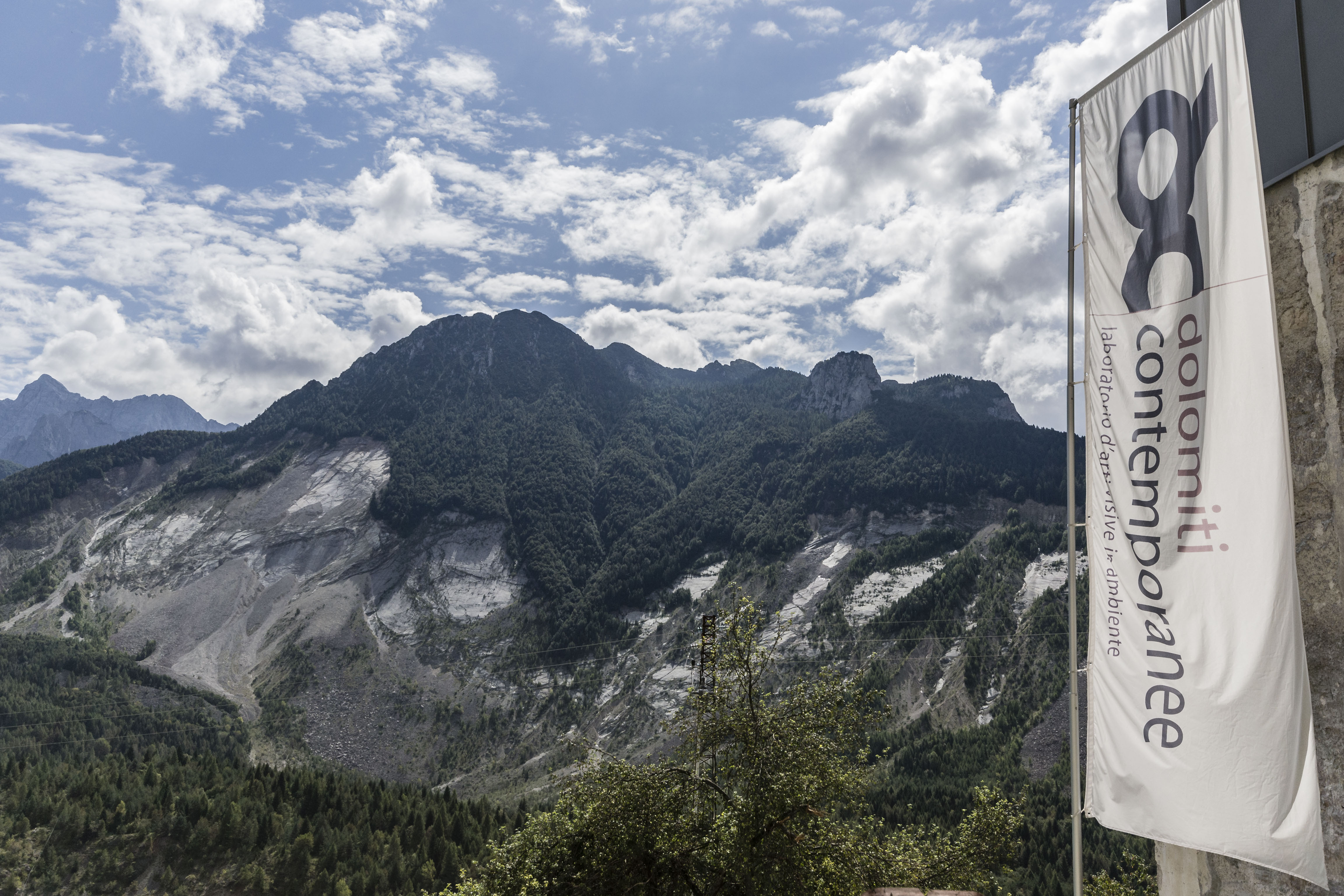
Tuesday, June 15th 2021, 2 – 4 PM, webinar panel:
two calls for vajont: fase _restart.
Vajont: [...]






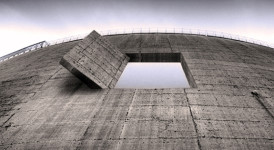
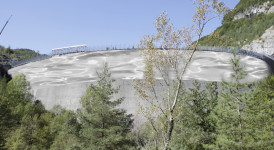

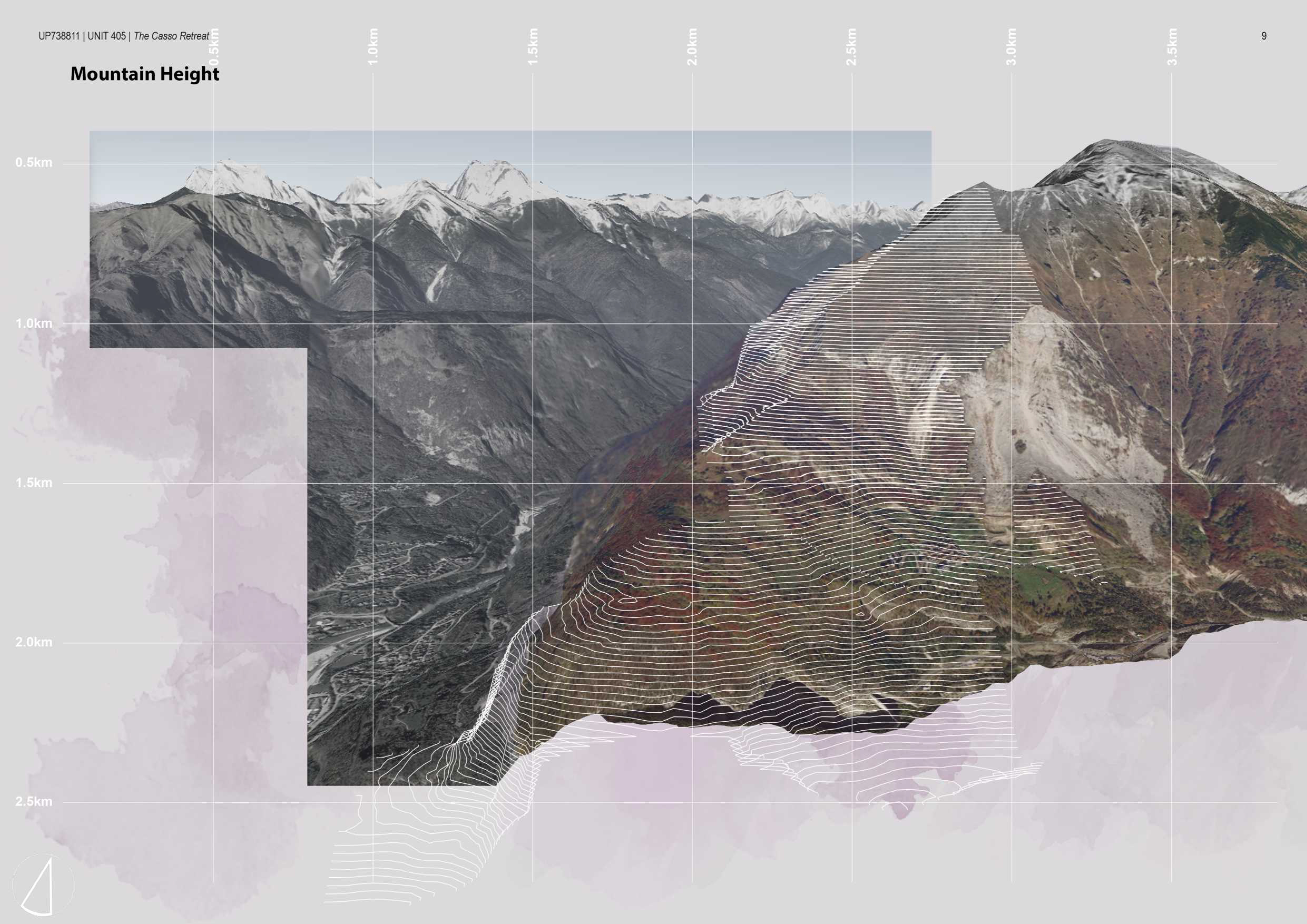









Delicato e poetico, complimenti!